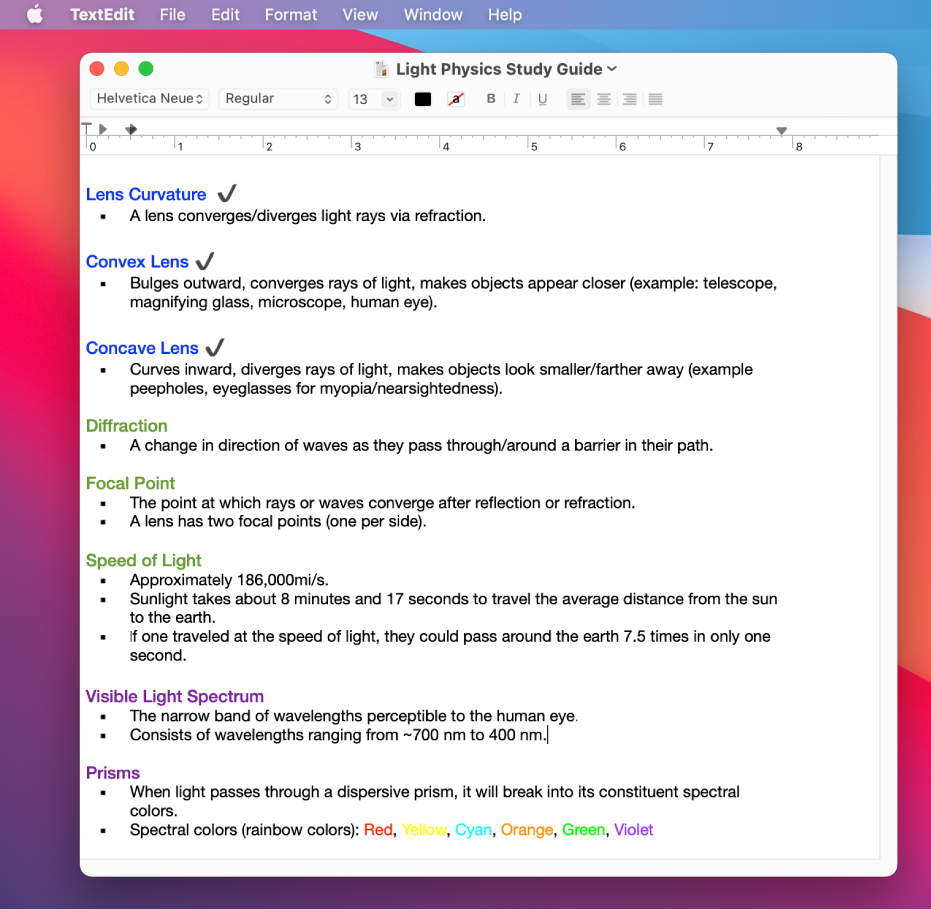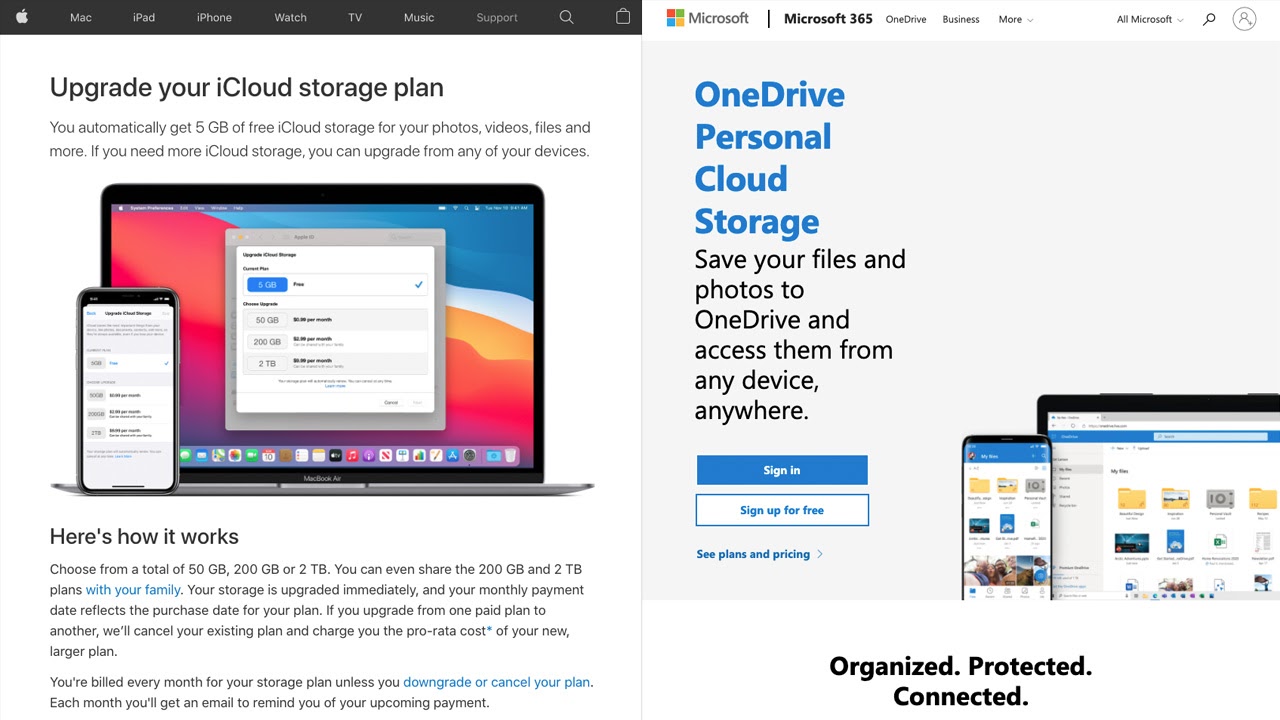
- #Microsoft word for mac only saving to icloud mac os
- #Microsoft word for mac only saving to icloud full
- #Microsoft word for mac only saving to icloud pro
Open your EndNote library and save it to your new folder. Now you have easy access to this folder in Finder and EndNote. Click-hold and drag this folder to your Favorites in Finder. Create a new folder in your Home folder, and name it i.e. Open Finder and navigate to your Home folder (Finder: Go to > Home. Another solution would be to save the library in its own folder in the application folder. This folder is usually not synced or backed up by any other syncing service. We recommend saving your EndNote library in your Home folder. The location for your library is stated in the Location field. To check where your EndNote library is saved, open your library and choose EndNote: Tools > Library summary. iCloud is per default syncing these folders (and subfolders) and will damage your library over time. Make sure your EndNote library is not saved in the Documents or Desktop folders on your Mac. You can read more about this here, Technical reason to use EndNotes sync functionality and nothing elseĪlways make sure your library file is local to the system’s hard drive, and not on a network drive, or in an iCloud, DropBox, Onedrive-style synchronized folder. If one of these files is simultaneously synced, then EndNote cannot save to it and the library may be corrupted. The technical reason is that EndNote needs to save several files in a specific order. The same applies to both Mac and Windows: Storage location for Endnote libraries While you can use any of the services to keep a backup copy or a compressed copy of your database file(s), we do not recommend opening and/or using the database from that location. EndNote is a database product that was not designed for compatibility with these kinds of services. ICloud is a cloud-based file sharing service (like Dropbox, Onedrive, box, etc.). You can then quit Disk Utility.We have an autumn campaign on EndNote throughout October, read more here!ĮndNote and iCloud do not like each other. You might be prompted for your password, if you chose an encryption option. Check the size of your disk image - mine kept changing so make sure your allocated size is correct. 

Finally, choose sparse bundle disk image as the Image Format.Select the Single partition - Apple Partition Map as the option for Partitions.

You will be prompted to enter a password so make sure it's something you will remember - you don't want to be teased with a backup that you can't open in times of need! I would recommend choosing Encryption and 128-bit is fine for me.
#Microsoft word for mac only saving to icloud mac os
Make sure Mac OS Extended (Journaled) is selected as the Format.
#Microsoft word for mac only saving to icloud pro
For me, I entered 200 GB as it's unlikely my 240 GB MacBook Pro will ever be this full.
Enter the maximum amount of size your virtual drive should be. In the Save As window, browse to your Cloud drive folder and give your virtual drive a name, such as MacBookTM. From the File menu, choose New Image > Blank Image. You will find this in the Applications folder, or like me, just call up Spotlight and type it in. For me, I just had to browse to the OneDrive folder on my Mac and save the disk image here. You want to save the disk image within your cloud drive folder. #Microsoft word for mac only saving to icloud full
The beauty with a virtual drive is, even if you specified the full 1 TB as allocated space for the virtual drive, the actual space being taken up will only be as large as the files contained within.







 0 kommentar(er)
0 kommentar(er)
